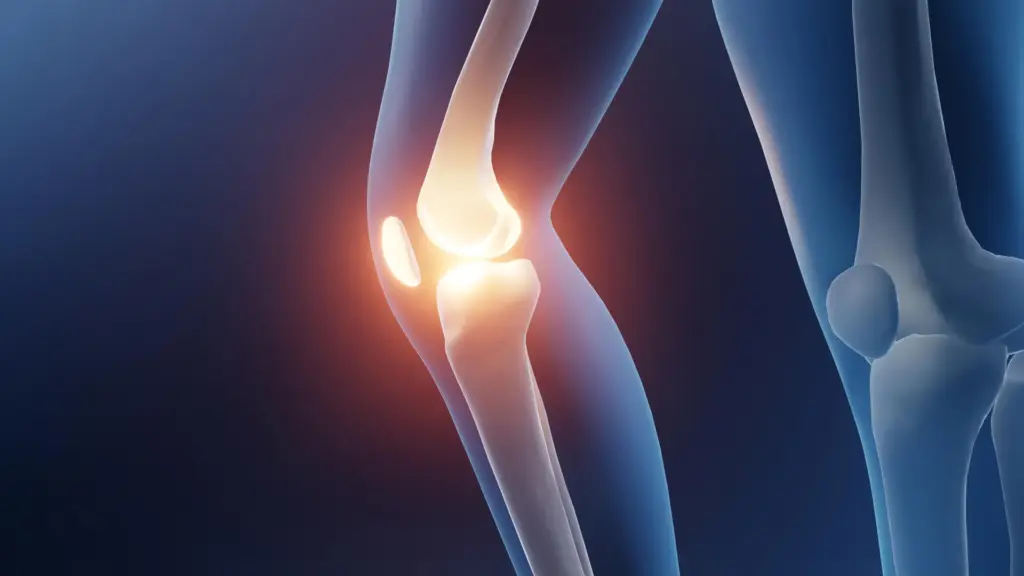Osteoarthritis, a debilitating joint disease affecting millions, often requires long-term pain management and may eventually necessitate joint replacement surgery. However, groundbreaking research offers a new, non-invasive approach: gait retraining. A recent year-long study reveals that a simple adjustment to walking style can significantly reduce pain and slow cartilage degradation in osteoarthritis patients.
This innovative treatment strategy, detailed in The Lancet Rheumatology, provides a beacon of hope for those seeking less invasive alternatives to traditional osteoarthritis management. The study’s findings underscore the potential of biomechanical interventions to revolutionize how we approach this widespread condition.
What Happened? 📝
Researchers from the University of Utah, New York University, and Stanford University conducted a randomized, placebo-controlled trial involving 68 participants with mild-to-moderate osteoarthritis in the medial compartment of the knee. This is the most common type of osteoarthritis, affecting the inside of the knee joint, which bears significant weight during movement.
The study focused on gait retraining, a method that involves adjusting the angle of the foot while walking. The key innovation was a personalized approach, tailoring the foot angle adjustment to each individual’s unique gait and biomechanics. This personalized approach proved crucial, as previous studies using a one-size-fits-all method yielded less conclusive results.
The Personalized Gait Retraining Process 🚶
Participants underwent initial assessments using MRI scans and a pressure-sensitive treadmill with motion-capture cameras. This allowed researchers to precisely determine the optimal foot angle adjustment (either turning the toe inward or outward, by 5° or 10°) for each individual to minimize knee load.
Crucially, the personalized analysis also identified participants who wouldn’t benefit from the intervention, excluding them from the study. This improved the study’s accuracy by removing individuals for whom the intervention wouldn’t be effective, unlike previous studies.
Half the participants received the personalized gait retraining, while the other half received a sham treatment (an adjustment identical to their natural gait), serving as a control group to account for the placebo effect.
The Results: Pain Relief and Cartilage Protection 💪
After six weeks of training and ongoing practice, participants underwent a second MRI and self-reported their pain levels. The results were remarkable. The intervention group experienced pain relief comparable to that achieved with over-the-counter pain relievers (like ibuprofen) and even stronger narcotics (like oxycontin).
Moreover, the MRI scans showed significantly slower cartilage degradation in the intervention group compared to the placebo group. This is a critical finding, as cartilage damage is a hallmark of osteoarthritis progression.
Beyond the quantitative data, participants expressed significant enthusiasm for the treatment’s effectiveness and ease of implementation. Many found the intervention to be a sustainable and empowering approach to managing their condition.
Addressing the Treatment Gap 🌉
Osteoarthritis often affects individuals in their 30s, 40s, and 50s, potentially leading to decades of pain management before joint replacement becomes necessary. This gait retraining intervention offers a potential solution to bridge this significant treatment gap, providing a long-term, non-invasive management strategy.
Future Directions and Clinical Applications 🔬
While the study’s results are promising, further research is needed to refine and streamline the gait retraining process. The current method, utilizing motion-capture technology, is expensive and time-consuming. Researchers are working on developing more accessible and cost-effective methods, potentially using mobile sensors and smartphone technology to personalize and deliver the intervention in a typical physical therapy setting.
Key Takeaways 🔑
- Gait retraining, a personalized approach to adjusting foot angle while walking, significantly reduces pain and slows cartilage degradation in osteoarthritis patients.
- The study demonstrated pain relief comparable to over-the-counter and prescription pain medications.
- The personalized approach, unlike previous studies, ensured that the intervention was effective for each participant.
- This non-invasive method offers a potential long-term solution to manage osteoarthritis and bridge the treatment gap before joint replacement is necessary.
- Future research aims to make the gait retraining process more accessible and cost-effective for wider clinical application.
The findings of this study, much like recent breakthroughs in areas like novel mitochondrial therapies for cancer, represent a significant advancement in treating debilitating diseases. While further research is needed before widespread clinical application, gait retraining shows immense promise as a safe, effective, and sustainable alternative to traditional methods, offering hope and improved quality of life for millions suffering from this debilitating condition.
Source: One small walking adjustment could delay knee surgery for years



